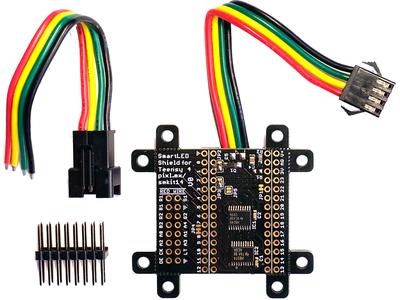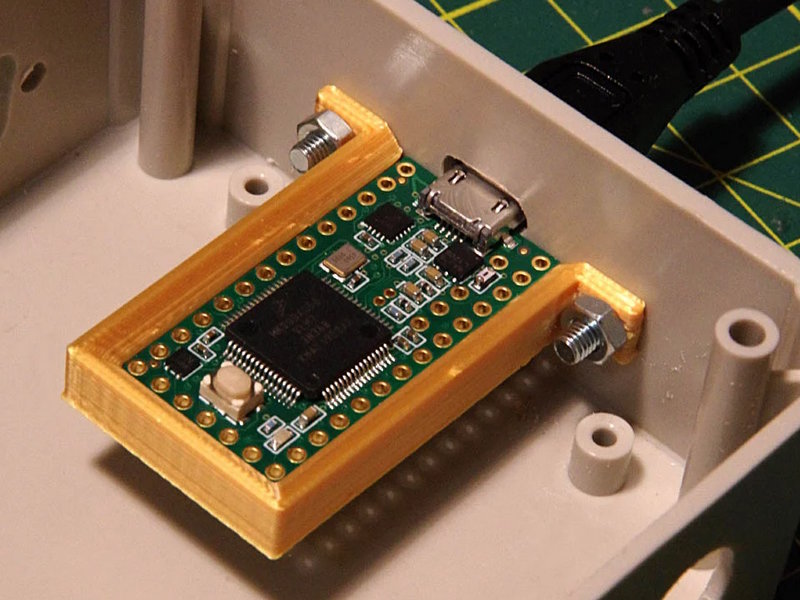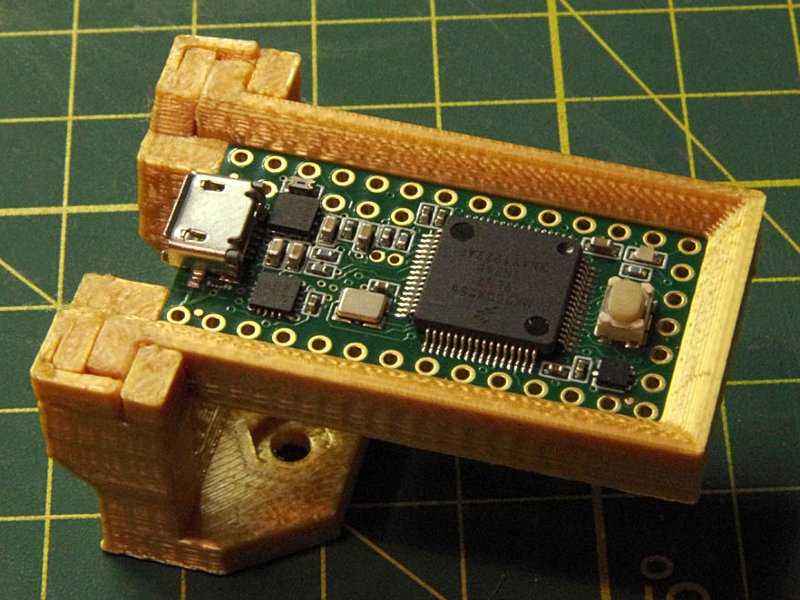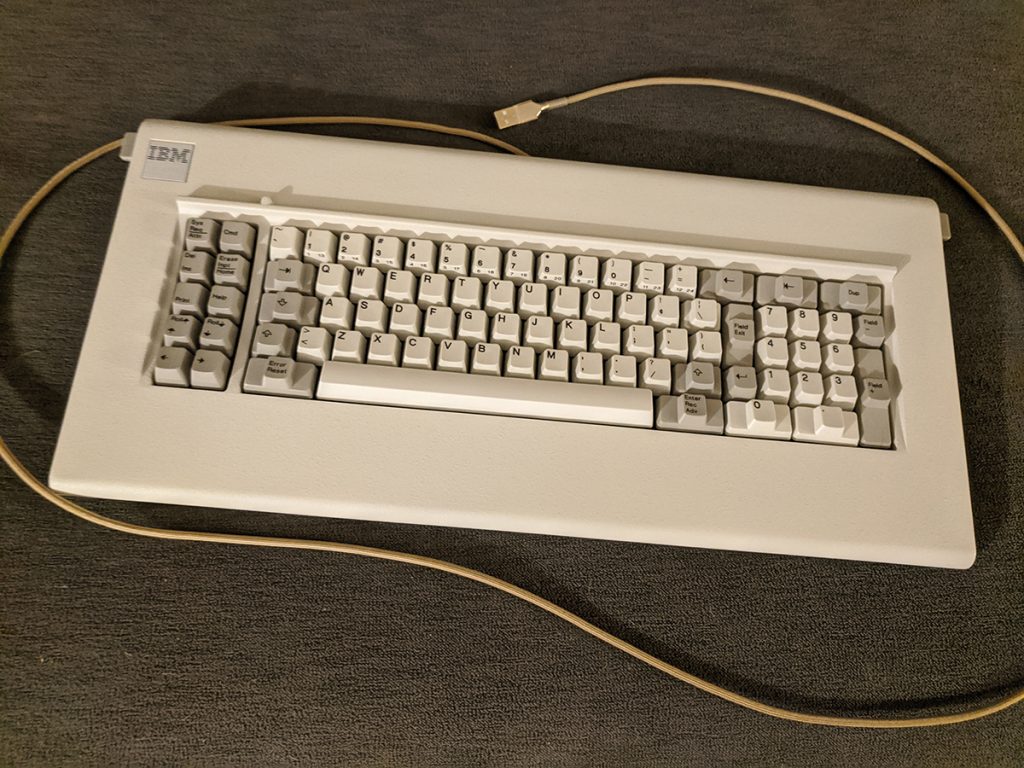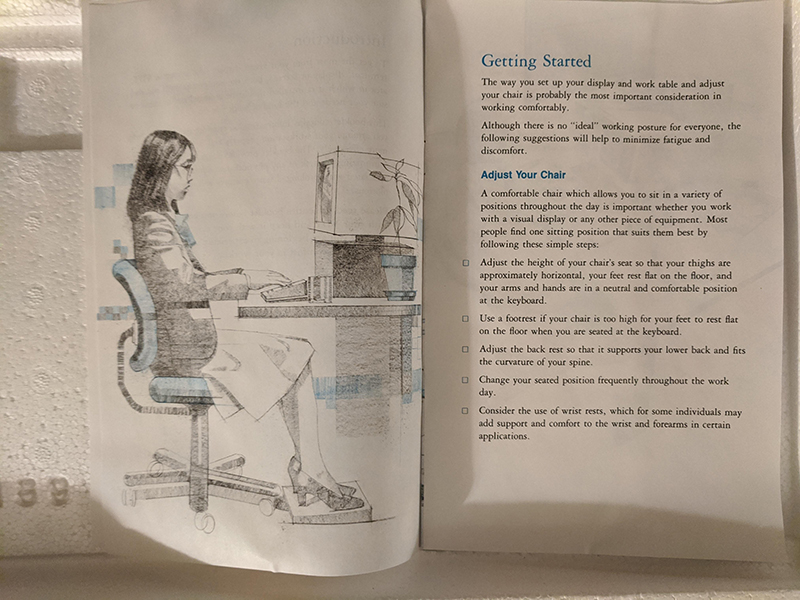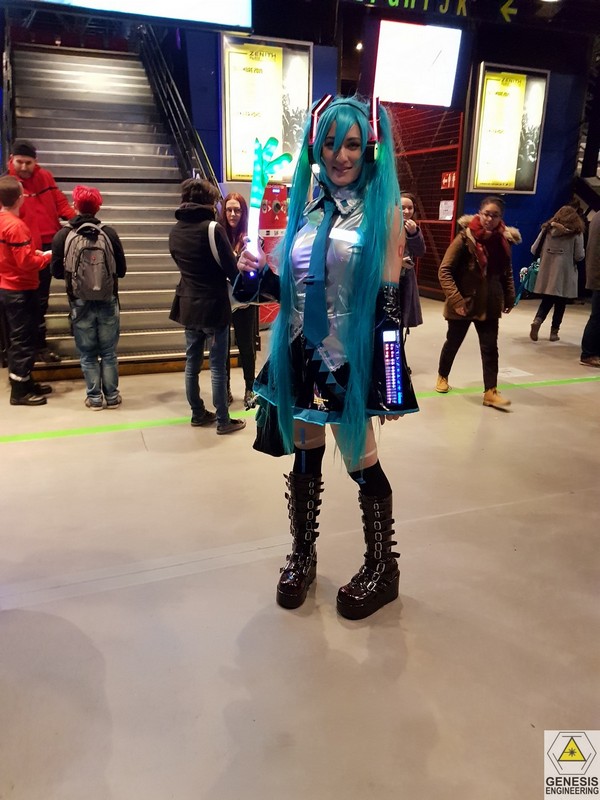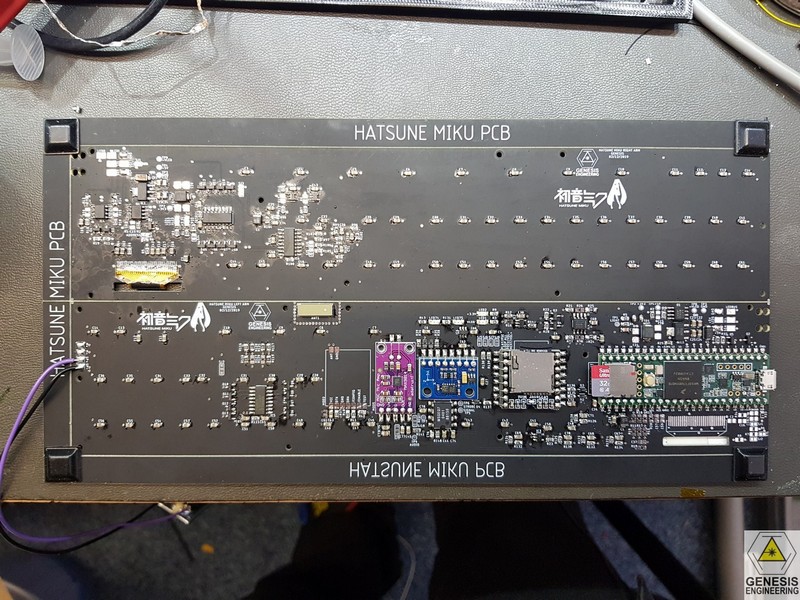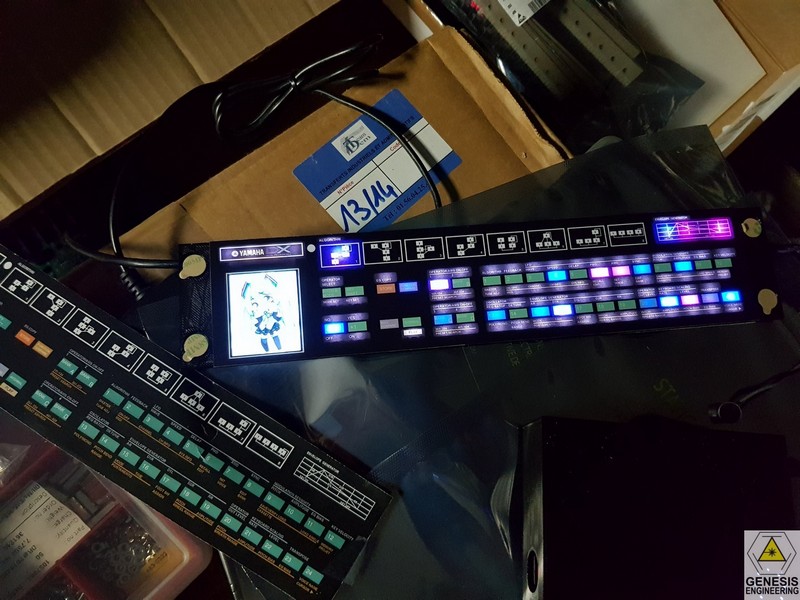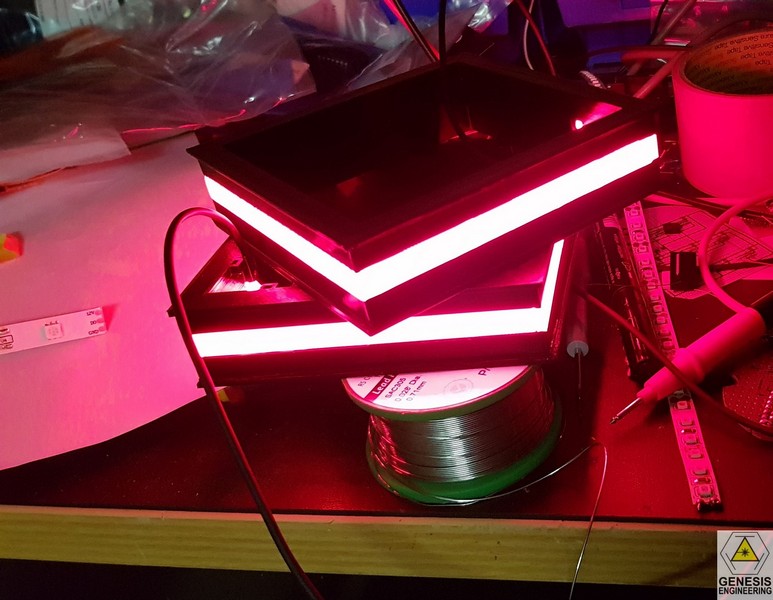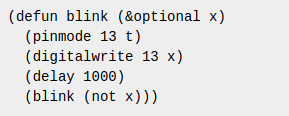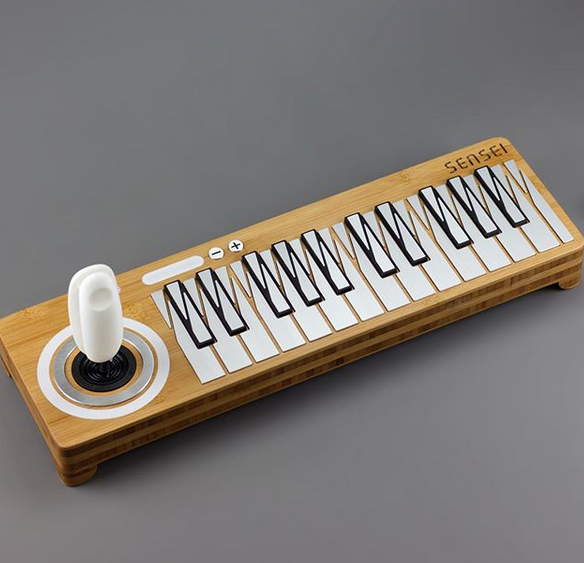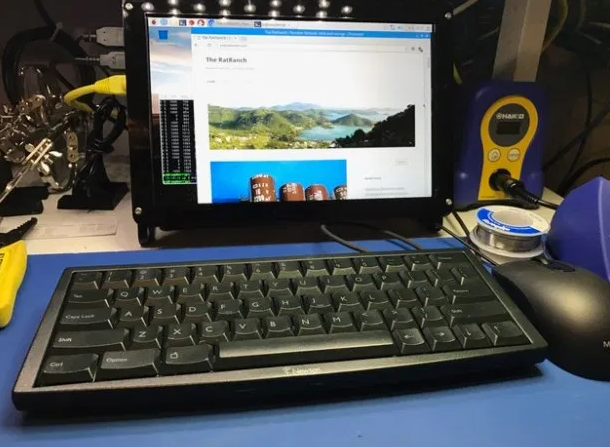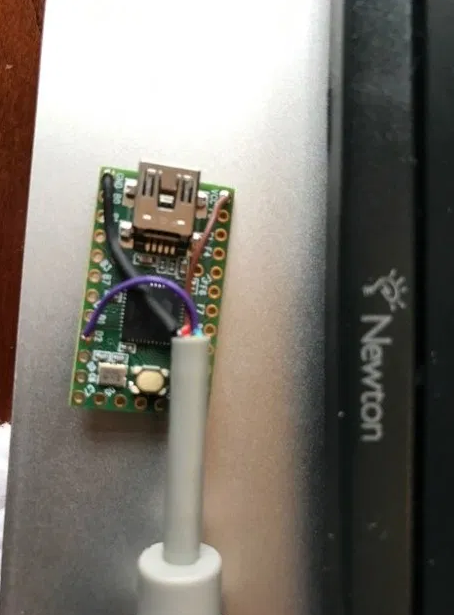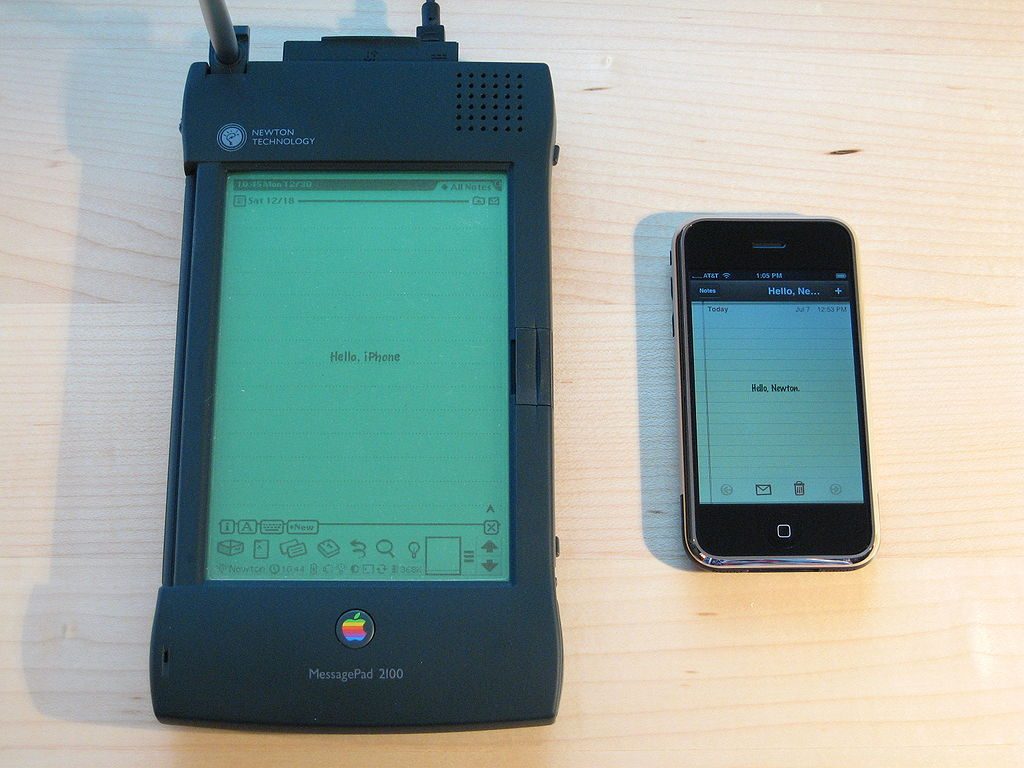Sherbet is a DIY ergonomic and stylish keypad custom designed for gaming. When developer and electronics hobbyist Colin also known as “Billiam” had to retire his Logitech G13 keyboard, he decided to build his own custom gaming keyboard from scratch.
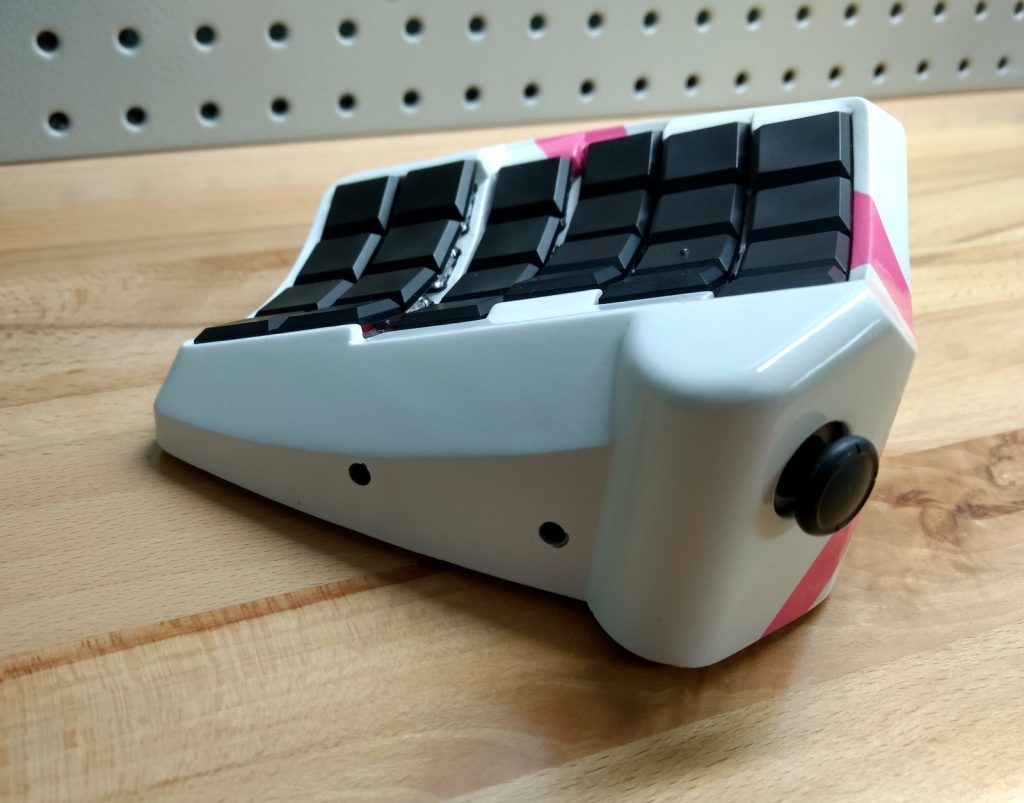
The 3D printed keyboard features a unique curved design for the keys and an attached arm rest. A small joystick is also embedded just where the thumb would naturally rest. The design is named for a stripe of colorful sherbet paint that wraps around the keyboard’s base giving it a unique and playful design.
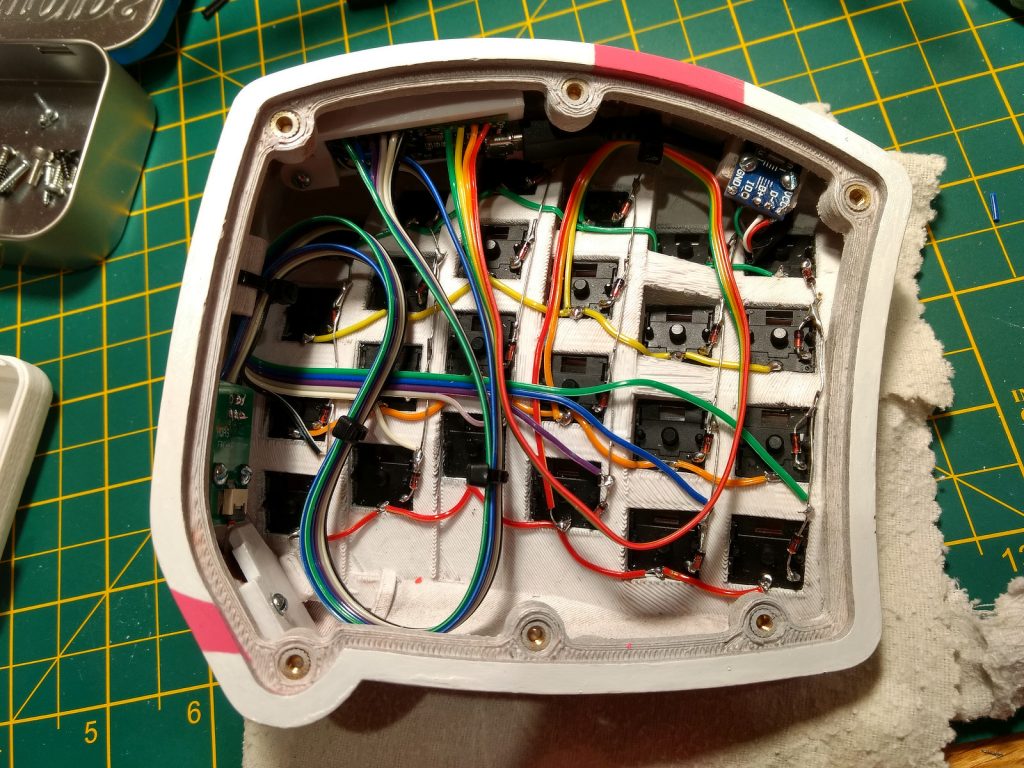
The project is driven by a Teensy 3.2 and Billiam provides excellent detailed instructions in his blog on every part of the process from prototyping the keys and arm rest to finishing the complete board. Source code for the controller as well as print files are also offered on Billiam’s site, giving visitors everything they’d need to know to build their own Sherbet (or Tangerine or Chartreuse, if you will). Billiam’s website also includes CNC projects and a music sequencer.
